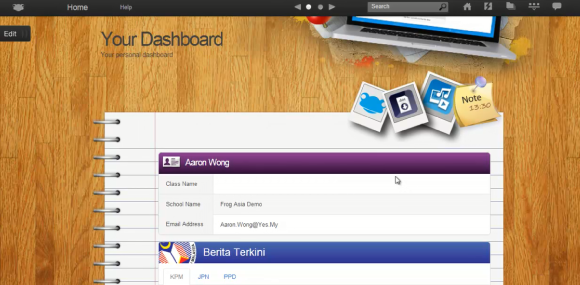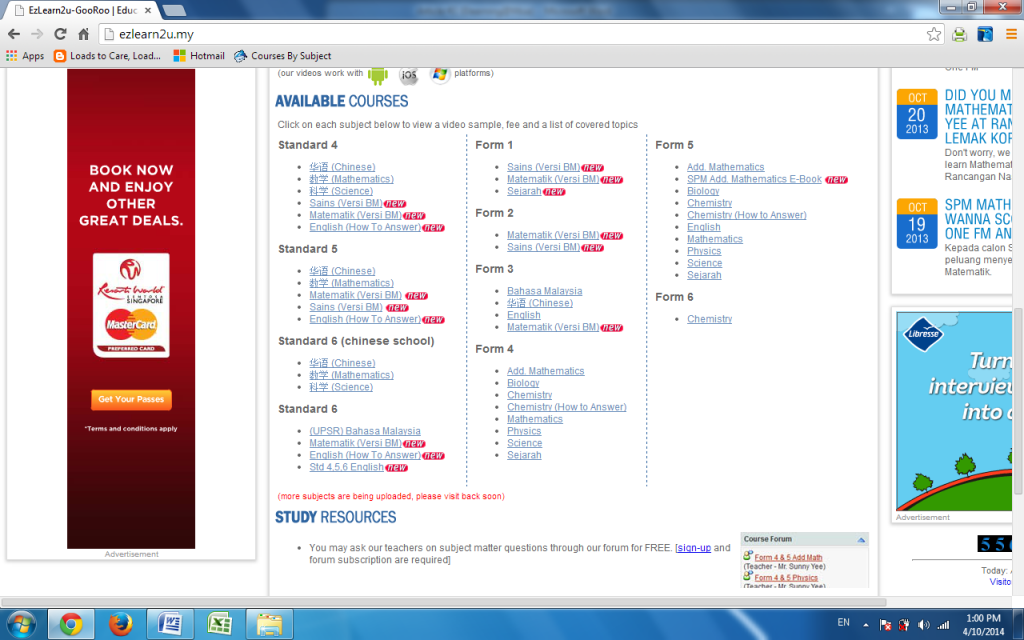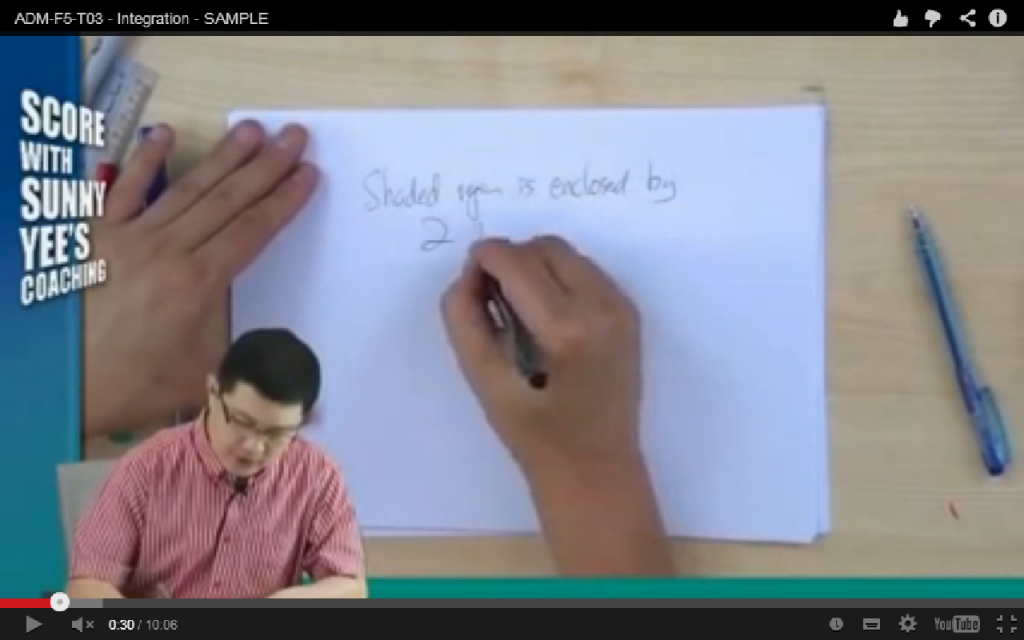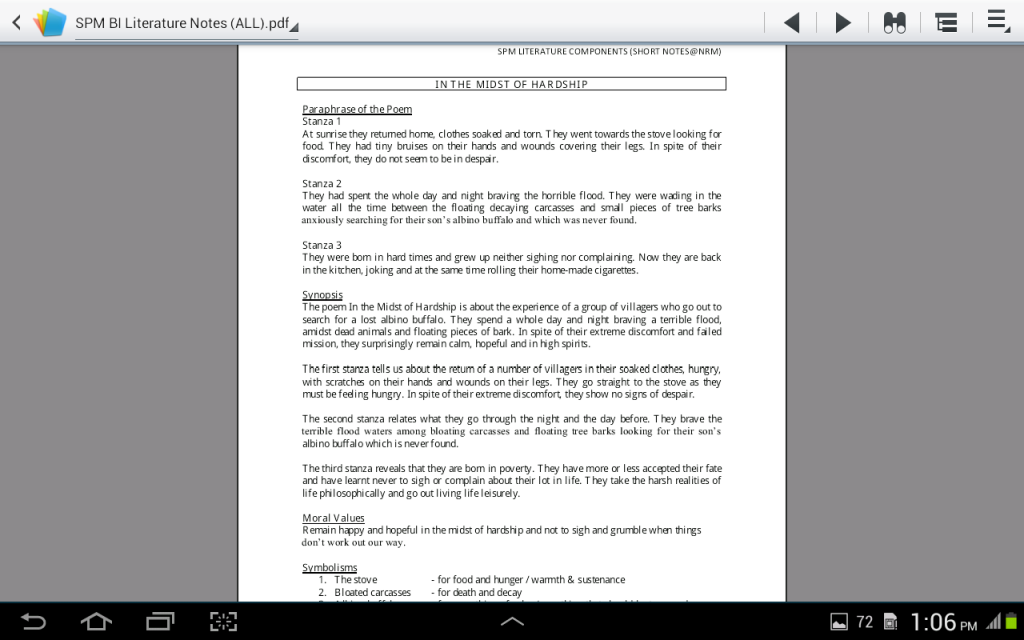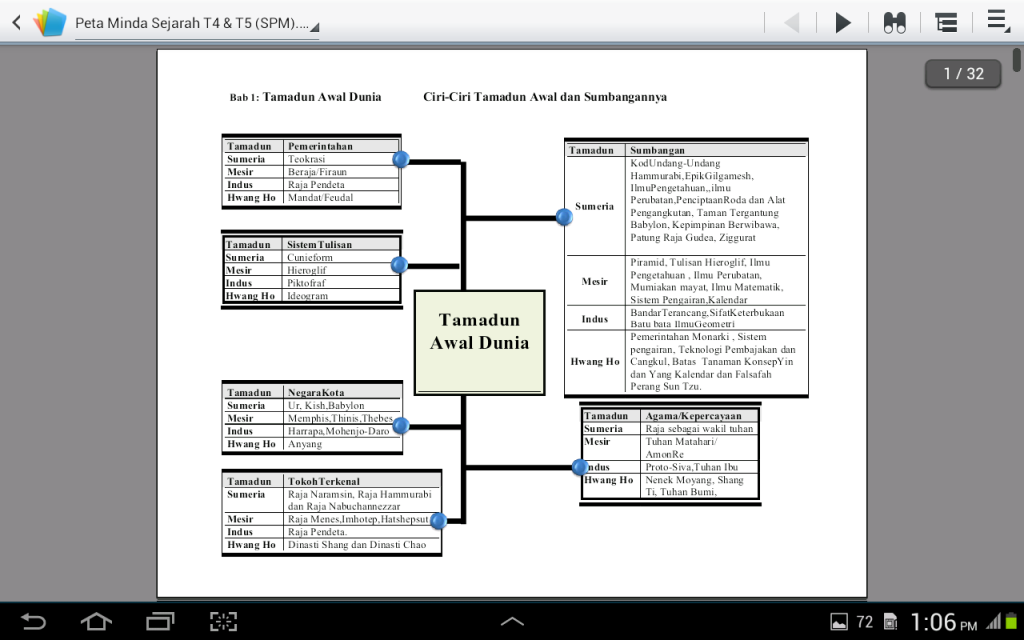For those who are still clueless to the term KSSR it refers to Kurikulum Standard Sekolah Rendah. KSSR is the new system introduced by the Ministry of Education in 2011. Today it is the system used by all primary schools in Malaysia and it is vital for parents to be on the know of what this new system offers and how to go about using the existing resources to help their children in the process of learning.
Changes In Every Direction
The changes in the education system brought change in many other areas. There was the need to overhaul many aspects of the teaching-learning process to give room to accommodate the different aspects of the KSSR such as:
Changes In the Mindset Of All Parties Concerned
This, not surprisingly was the biggest hurdle. With the KSSR focusing more on collaborative learning and designed to enhance and embrace the use of science and technology, develop values, understand humanitarian issues and also focus on the child’s physical and aesthetical development, parents were left confused, concerned and at times furious. The one word given less prominence and which many wanted to hear was missing. Examinations are no longer the beginning and the end of learning. With the KSSR, it is no longer the number one objective of school. Students are no longer streamed according to ‘Class Positions’ as was done previously and this concept was something many found difficult to get around especially parents.
In the Malaysian ‘kiasu’ mentality where being better than the best was everything, parents are forced to see the merits of the new system and accept it. The pressure on students is removed and school is now a happier place. The School Based Assessment allowed for students to be tested in an on going manner by their own teachers is something new. Parents were worried about the fairness of the grades given and issues of favoritism coming into play. They are now forced to trust the teachers and be a little more accepting. Many parents are still groping with this issue.
The children are definitely happier as the ‘didik mesra’ concept of learning. It had a fun element in it that allowed students to move away from ‘the desk and chair’ scenario of the pervious system. Group work with the focus on projects is every child’s favorite. They are encouraged to speak and give their views on all issues. Students are given more control of their learning and this allowed space for creativity.
Changes In the Method Of Teaching
Teachers had so much to relearn. It was difficult, as the school-based assessment required a lot more paperwork and data handling. The teething stages were a mess. Today, things are so much better and many are beginning to enjoy the new system. Teachers had to learn to let go a certain amount of control of the teaching-learning process and allow students some freedom of direction. The older teachers, especially had to learn to trust and see learning taken to different heights. The teacher’s way is no longer the only way to do anything. Students were no longer followers but taught to take the lead too.
Changes In Evaluation
No more end-of-year exams as the main evaluation period. Students are evaluated all on an on going process where they are required to meet the set standards before proceeding to the next level. Students are taught and reevaluated if they fail to meet the mark. Weakness of students is identified early and remedial actions are quickly taken. Evaluation is now to help rather than to compete for the top spot.
Changes In Textbooks
New KSSR textbooks had to be produced to replace the old KBSR books. The new books were designed to fit in with the requirements of the new syllabus. There are more exciting activities in the new KSSR textbooks that could be used by teachers during the teaching-learning process and more challenging projects for students to do during a longer period of time. Many of these textbooks are also designed to in-cooperate the use of technology where students are required to do research online and be accountable for the information that they seek. The textbook in the KSSR has moved away from its position as the anchor for the learning process to one that is a guide/manual for further activities in the learning process to take place. It can be akin to a door through which many other doors are opened for the student.
Changes In Workbooks
Workbooks are now very essential as it gives students a chance to practice what is learnt. For parents the workbooks are extremely important, as parents are able to monitor the child’s progress in school through their work in the workbooks. As there are now no more exams and students were involved in collaborative learning, many parents were harboring fears that their kids were not mastering anything. The workbooks are necessary in dispelling these fears. Workbooks that are designed parallel to the textbooks and in accordance to the KSSR are excellent to ensure children were mastering all elements taught. It cannot be denied that although the system is good and forward thinking, our classes in Malaysia are huge and there is only so much time and attention that a teacher can lavish on a child
The Last Words
Change is something that we cannot avoid. As we progress and meet new challengers we should be able to embrace change. To resist change would be a move backwards, especially in education. As parents we should keep an open mind and acknowledge that whatever worked for us when we were kids will no longer be applicable in the modern world. So lets be open and move ahead.
This article was written by Madam Kalai Lingam. Madam Kalai has 27 years of teaching experience in government secondary school. She opted for early retirement in 2013 to pursue her love of writing, and is currently writing a book. Madam Kalai is well versed in the Malaysian Education system, having been a senior English teacher and school administrator for many years.



